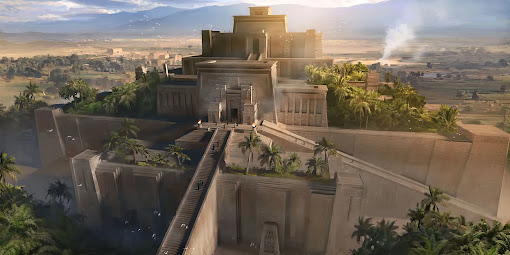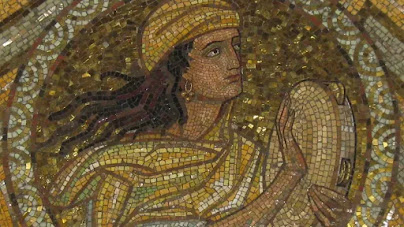Shabbat shalom - and happy International Women’s Day. On a usual year, International Women's Day falls in an excellent week in the Jewish calendar. It usually sits just on top of Purim, or between Purim and Pesach. Purim, with its hero as a beautiful young woman, rags-to-riches-to-courageous-hero Queen Esther. And Pesach, where the beginning of the narrative - the story of saving the children, which eventually leads to the redemption of the Israelites from slavery - is all about women. Mothers, sisters, midwives, princesses, all conspiring to resist Pharaoh’s most terrible of decrees, and in doing so, securing salvation. This year, the Gregorian calendar and the Hebrew calendar are aligned slightly differently. We have a few weeks to go before we reach Purim. We are instead at Shabbat Shekalim, the Shabbat before we enter Purim’s month of Adar - this year, Adar Sheini. We don’t really have much in the way of female characters in our readings tomorrow, but there is a woman who loo








